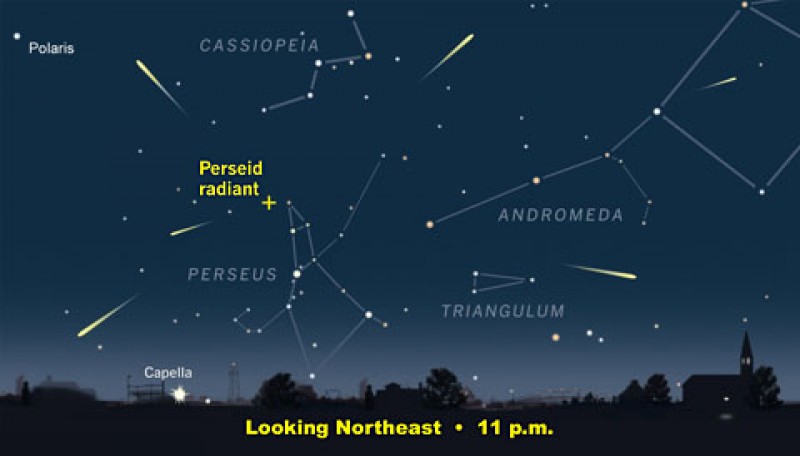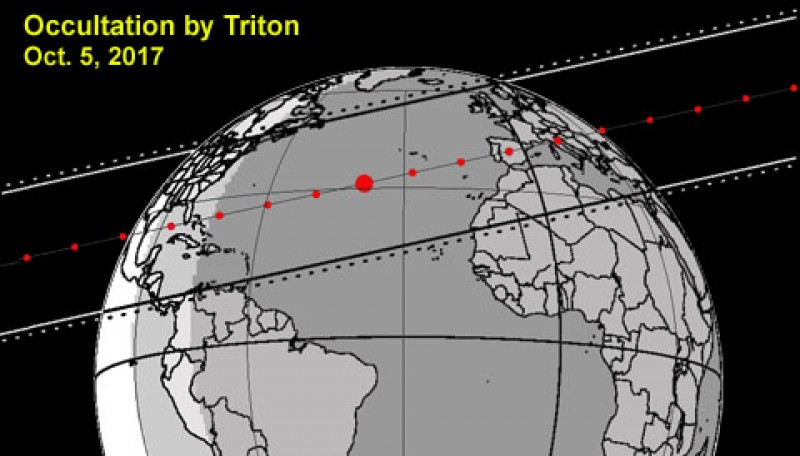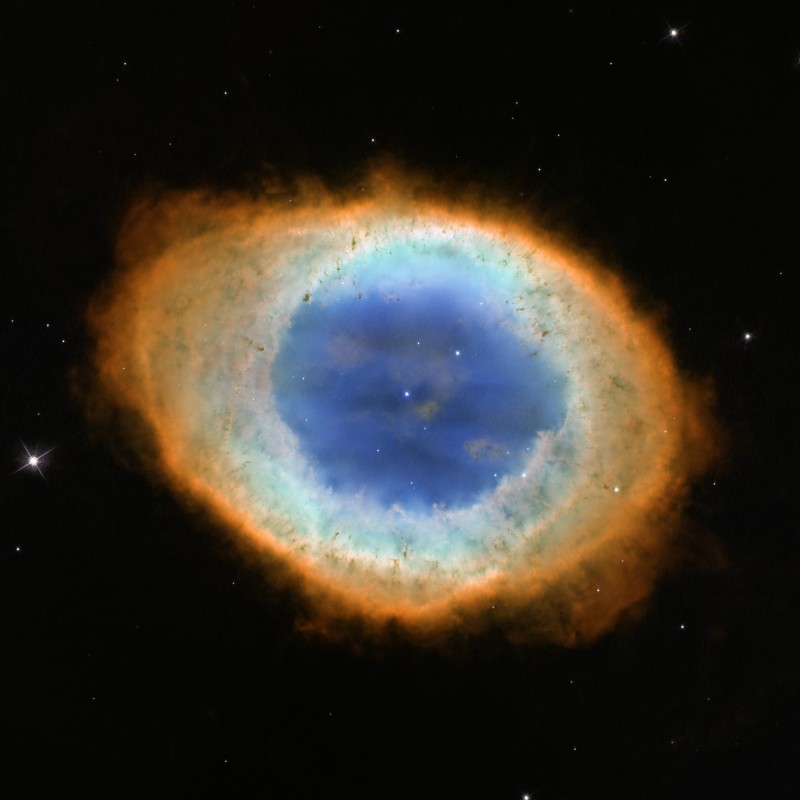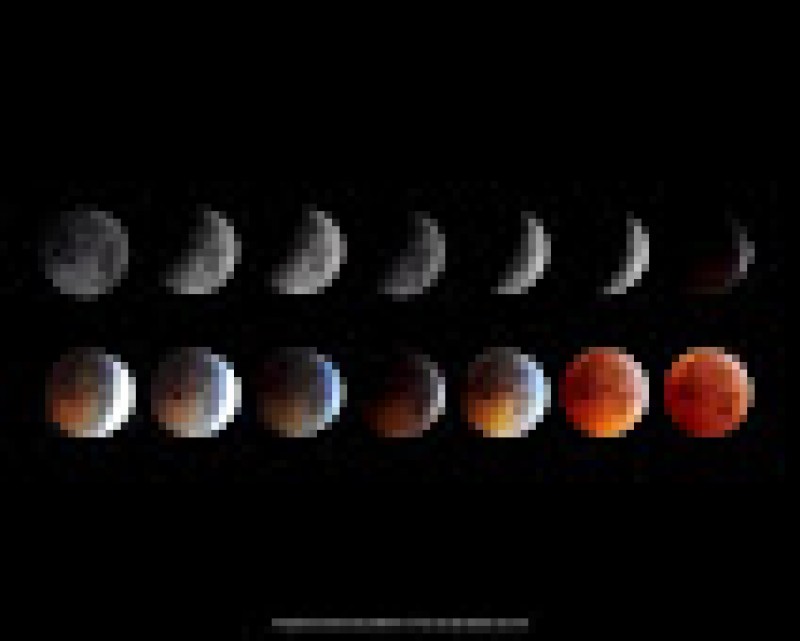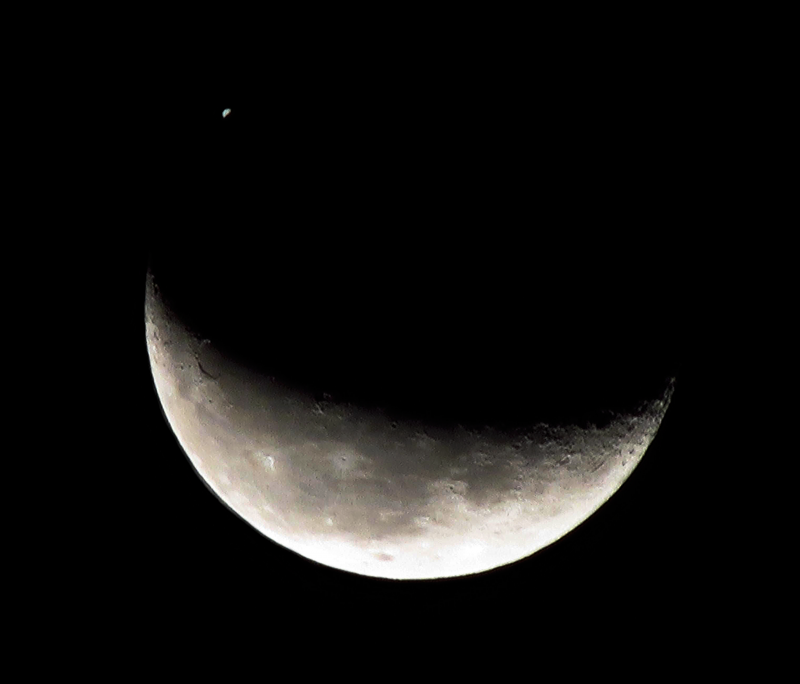Blog
How to see the Leonids TONIGHT: Where to watch the Leonid Meteor Shower
Friday, November 17th 2017 08:17 PM
Hundreds of meteors will dash across the sky when Earth passes through the cosmic dust of Comet Tempel-Tuttle tonight.
The annual Leonids meteor shower is set to peak tonight with anywhere between 10 to 15 meteors an hour set to burst out.
How to see the Leonid meteor shower tonight
The best time to see the meteors will be between midnight and sunrise on Saturday November 18.
The shooting stars will appear to arrive from a radial near the stars of Adhafera and Algieba in the constellation Leo the Lion.
Leo can be easily found in the night sky by looking for Leo's sickle – a distinct backward reverse question mark pattern.
But the radial point is mostly irrelevant because meteors streak in a sort of directions.
In fact, American space agency NASA says: “You should not look only to the constellation of Leo to view the Leonids – they are visible throughout the night sky.
“It is actually better to view the...
Read More
Read More
Results from October’s Triton Cover-Up
Thursday, November 16th 2017 06:12 PM
For those of us who keep track of where and when solar-system objects occult a background star, the brief cover-up of a dim star in Aquarius by Neptune’s large moon Triton on October 5th was especially newsworthy.
The path of Triton's stellar occultation on October 5 passed over many observing stations. Bruno Sicardy / Observatoire de Paris
The target, 12.6-magnitude star UCAC4 410-143659, was the brightest star occulted by Triton since 1997. It’s about a magnitude brighter than Triton itself, and its location only 13 arcseconds from 8th-magnitude Neptune made observations relatively easy.
The 1997 occultation, and some of the faint stars occulted a few years later, had shown that Triton experienced significant global warming since the Voyager 2 flyby in 1989. New observations would determine if the trend had continued.
Observers recorded the October 5th event from more than 65 stations in Europe, the UK, northern Africa, and the United Stat...
Read More
Read More
Studying Exoplanet Atmospheres Challenges Even the Hubble Space Telescope
Wednesday, November 15th 2017 08:24 PM
The Hubble Space Telescope is famous for bringing us detailed images from the depths of the universe. So, it's easy to assume that the telescope would have little difficulty imaging exoplanets in our own galaxy. The folks that run Hubble understand this perspective, and their new video discusses exactly how the telescope can help explore those planets, revealing that these techniques do have limitations.
Planets do not emit their own light, making them more difficult than stars to study from Earth. What's more, planets are miniscule compared to the stars they orbit. However, when an exoplanet passes between its star and Earth, a tiny fraction of the star's light passes through the planet's atmosphere. This brief glimpse into exoplanets' atmospheres can provide astronomers a wealth of information about the composition, thickness and temperature of the gases that surround the planet, according to the European Space Agency video, part of th...
Read More
Read More
New telescope attachment allows ground-based observations of new worlds
Tuesday, November 14th 2017 06:41 PM
A new, low-cost attachment to telescopes allows previously unachievable precision in ground-based observations of exoplanets -- planets beyond our solar system. With the new attachment, ground-based telescopes can produce measurements of light intensity that rival the highest quality photometric observations from space. Penn State astronomers, in close collaboration with the nanofabrication labs at RPC Photonics in Rochester, New York, created custom "beam-shaping" diffusers -- carefully structured micro-optic devices that spread incoming light across an image -- that are capable of minimizing distortions from the Earth's atmosphere that can reduce the precision of ground-based observations.
Left: Light from a laser pointer is shaped into a wide and stable output using a beam-shaping diffuser. A carefully designed pattern is precisely molded into plastic polymers or directly into a glass substrate, creating micro-structures on the surface of the diffuser (inset; image credit:...
Read More
Read More
Lunar Eclipses: What Are They & When Is the Next One?
Tuesday, November 14th 2017 05:40 PM
Lunar eclipses occur when Earth's shadow blocks the sun's light, which otherwise reflects off the moon. There are three types — total, partial and penumbral — with the most dramatic being a total lunar eclipse, in which Earth's shadow completely covers the moon. The next lunar eclipse will be a total lunar eclipse on Jan. 31, 2018.
Throughout history, eclipses have inspired awe and even fear, especially when total lunar eclipses turned the moon blood-red, an effect that terrified people who had no understanding of what causes an eclipse and therefore blamed the events on this god or that. Below, you'll find the science and history of lunar eclipses, learn how they work, and see a list of the next ones on tap.
When is the next lunar eclipse?
The last lunar eclipse was on August 7, 2017. It was a partial lunar eclipse.
Here is a schedule of upcoming lunar eclipses:
January 31, 2018: Total eclipse. Visible from Asia, Australia, Pacific Ocean, western...
Read More
Read More
Space Launch System (Saturn V on Steroids) to Fly December 2019
Monday, November 13th 2017 06:44 PM
NASA has provided an update on the first integrated launch of the Space Launch System (SLS) rocket and Orion spacecraft after completing a comprehensive review of the launch schedule. This first un-crewed mission, known as Exploration Mission-1 (EM-1) is a critical flight test for NASA's human deep space exploration goals. EM-1 lays the foundation for the first crewed flight of SLS and Orion, as well as a regular cadence of missions thereafter near the Moon and eventually to the asteroids and Mars.The review follows an earlier assessment where NASA evaluated the cost, risk, and technical factors of adding crew to the mission, but ultimately affirmed the original plan to fly EM-1 un-crewed. NASA initiated this review as a result of the crew study and challenges related to building the core stage of the world's most powerful rocket for the first time, issues with manufacturing and supplying Orion's first European service module, and tornado damage at the agency's Michoud Assembly...
Read More
Read More
Peekaboo! See the Bright Star Regulus 'Hide' Behind the Moon TODAY
Friday, November 10th 2017 09:09 PM
This Saturday (Nov. 11), the bright star Regulus will briefly disappear behind the last-quarter moon, providing a treat for skywatchers across North and Central America.
This will be the second time in less than a month that this particular star has appeared to pass behind the moon in the sky, in an event known as a lunar occultation. On the morning of Oct. 15, Regulus spent up to 70 minutes behind the moon from our perspective on Earth. But Regulus isn't the only bright star to have spent some time lurking behind the moon lately — last Sunday (Nov. 5), the nearly full moon also occulted the orange star Aldebaran.
While the last two occultations coincided with dark skies, Saturday's occultation of Regulus will happen after sunrise. This means that it will be a bit more difficult to see and photograph. However, skywatchers who are lucky enough to experience clear skies that morning will get a rare, blue backdrop for the celestial sight. [Best Night...
Read More
Read More
Holy Grail' Hadron: Scientists Are Close to Detecting the Elusive Tetraquark Particle
Friday, November 10th 2017 06:19 PM
Flit, zip, jitter, boom. Quarks, the tiny particles that make up everything tangible in the universe, remain deeply mysterious to physicists even 53 years after scientists first began to suspect these particles exist. They bop around at the edge of scientific instruments' sensitivities, are squirreled away inside larger particles, and decay from their higher forms into their simplest in half the time it takes a beam of light to cross a grain of salt. The little buggers don't give up their secrets easily.
That's why it took more than five decades for physicists to confirm the existence of an exotic particle they've been hunting since the beginning of quark science: the massive (at least in subatomic particle terms), elusive tetraquark.
Physicists Marek Karliner of Tel Aviv University and Jonathan Rosner of the University of Chicago have confirmed that the strange, massive tetraquark can exist in its purest, truest form: four particles, all interacting with one another inside...
Read More
Read More
Taurid Meteor Shower: When, Where & How to See It This Week
Thursday, November 9th 2017 06:43 PM
While the Taurid meteor shower doesn't have a lot of shooting stars to offer, the few that will streak across the sky in the coming days will be bright, spectacular fireballs. The North Taurid meteor shower will peak this weekend.
Skywatchers in the Northern and Southern Hemispheres will have two different peak viewing times. But the estimated dates have some wiggle room, because meteor rates will be consistently low throughout the meteor shower. Typically, the Taurids produce only a handful of visible meteors per hour.
In 2017, the North Taurid meteor shower will peak overnight on Nov. 11-12 for viewers in the Northern Hemisphere. In the Southern Hemisphere, the South Taurid meteor shower peaked overnight on Oct. 10, according to the American Meteor Society. However, viewers in both hemispheres can still see meteors through late November.
The Taurids are associated with Comet Encke. As this object orbits the sun, it leaves a trail of...
Read More
Read More
Sun Storm to Cause Stunning Auroras
Thursday, November 9th 2017 06:24 PM
Sky-watchers should keep their eyes turned toward the poles the next few nights, as an incoming solar tempest may trigger colorful displays of auroras.
This past weekend, a giant gaping hole opened up in the corona, the sun’s upper atmosphere. Such coronal holes form when the sun’s magnetic field lines open up, allowing hot plasma to spill into space and sending out intense gusts of solar wind.
The latest solar blast has been racing through the inner solar system at speeds of two million miles an hour—with Earth in its crosshairs. This high-speed cloud of charged particles is expected to lash our planet between November 7 and 9.
When such gusts of solar wind reach Earth, they send charged particles racing along our planet’s magnetic field lines toward the poles, where they slam into the atmosphere. The incoming particles energize air molecules, triggering auroras. (Check out our picks for the seven best places to view auror...
Read More
Read More
